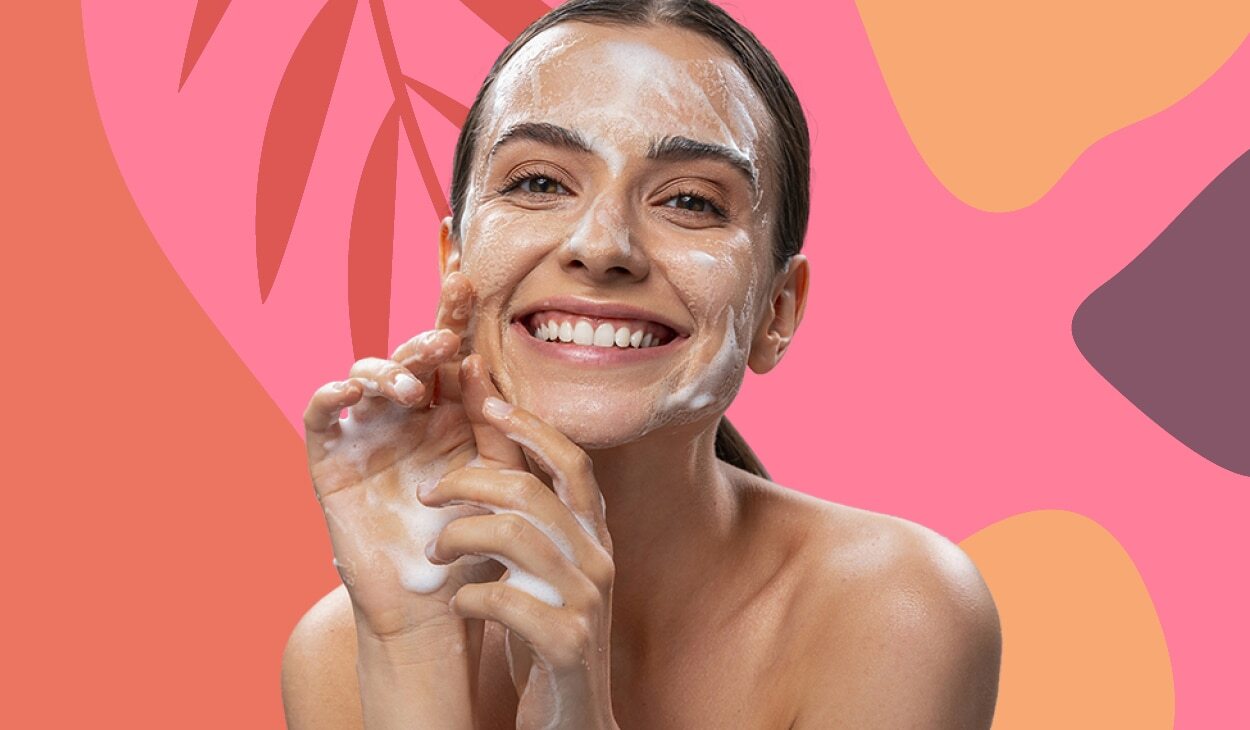- 01 What is lauryl glucoside and what are its benefits?
- 02 How safe is lauryl glucoside for Indian skin tones?
- 03 What makes lauryl glucoside a good surfactant to include in a routine?
- 04 How to use lauryl glucoside for skin?
- 05 Precautions and potential side effects of using lauryl glucoside for skin
- 06 Lauryl glucoside vs sodium lauryl sulfate
- 07 FAQs about lauryl glucoside for skin
Cleansing is one of the most important steps in a skincare routine. It gets rid of dirt, oil and product buildup on your face, keeps your pores healthy, mildly exfoliates your skin and helps other skincare products do their job. Given that cleansing forms the base for how the rest of the routine looks and works, it is quite easy to get it wrong. Especially when you pick the wrong ingredients that end up stripping your face of natural oils and make it drier than it needs to be. One of the main ingredients that tend to make your skin dry are foaming agents called surfactants. But contrary to popular belief, not all surfactants are harmful, with some being essential in skincare products to properly cleanse your face.** **Lauryl glucoside for skin is one such surfactant that has gotten a lot of attention for being gentle and safe for most skin types; and here's everything you need to know about it...
01What is lauryl glucoside and what are its benefits?
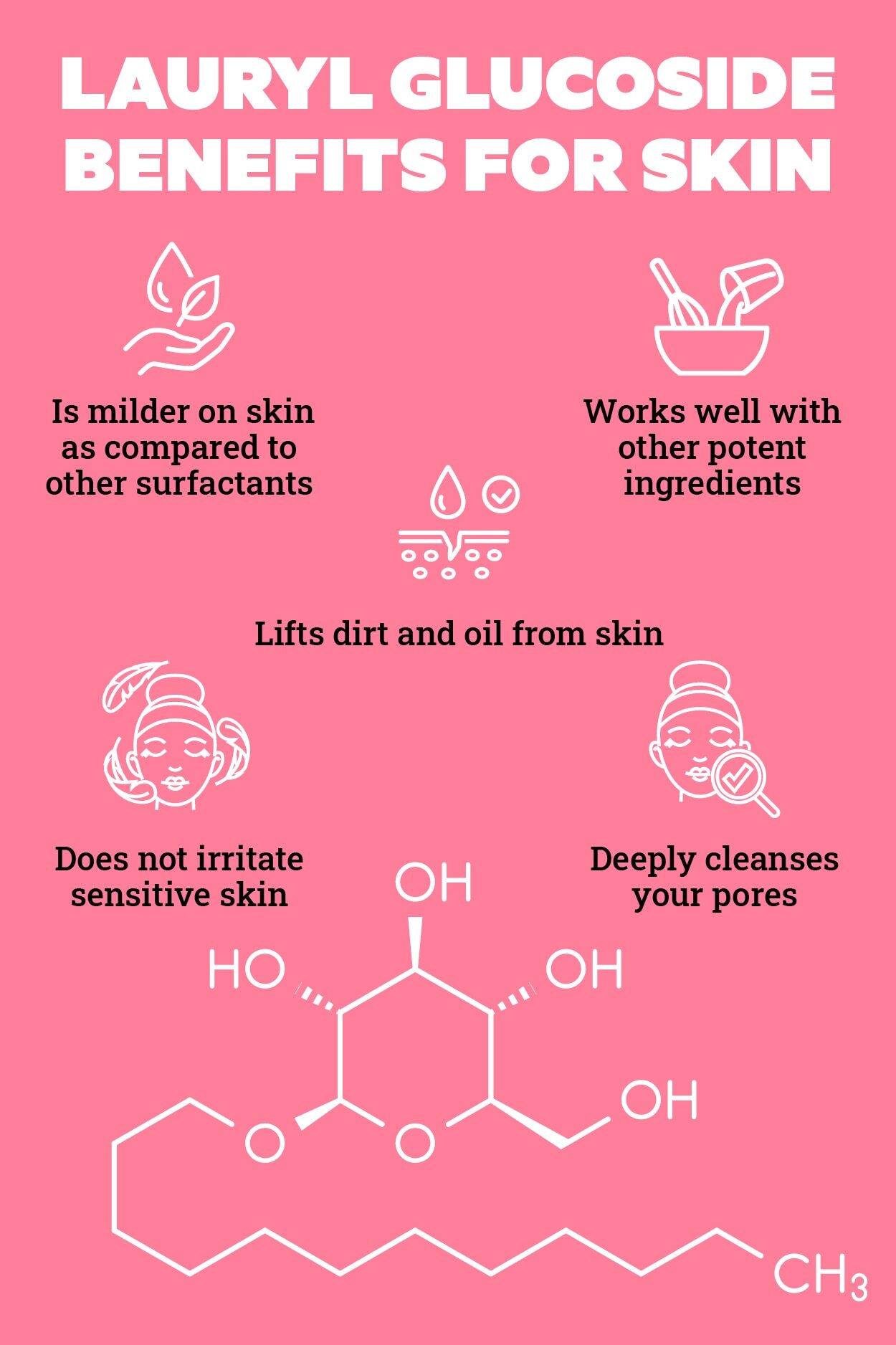
Lauryl glucoside is made by combining corn sugar and either coconut oil or palm oil. It is derived through natural processes, making it safe for your skin and being biodegradable in nature, and it is good for the environment as well. The action of this ingredient in skincare products is to foam and generate lather. It does so by breaking the surface tension between liquids and making them ideal cleansers for skin. Even though lauryl glucoside is present in most skincare staples, they are key necessities in facial foams, cleansers, gels and hair cleansing products. The fatty alcohol content of these ingredients separates it from other harsh surfactants, giving your skin a deep clean without being too harsh on it. It also lathers the appropriate amount to be a good alternative for chemically-derived surfactants and is favoured for being sustainable in its composition and usage.
02How safe is lauryl glucoside for Indian skin tones?
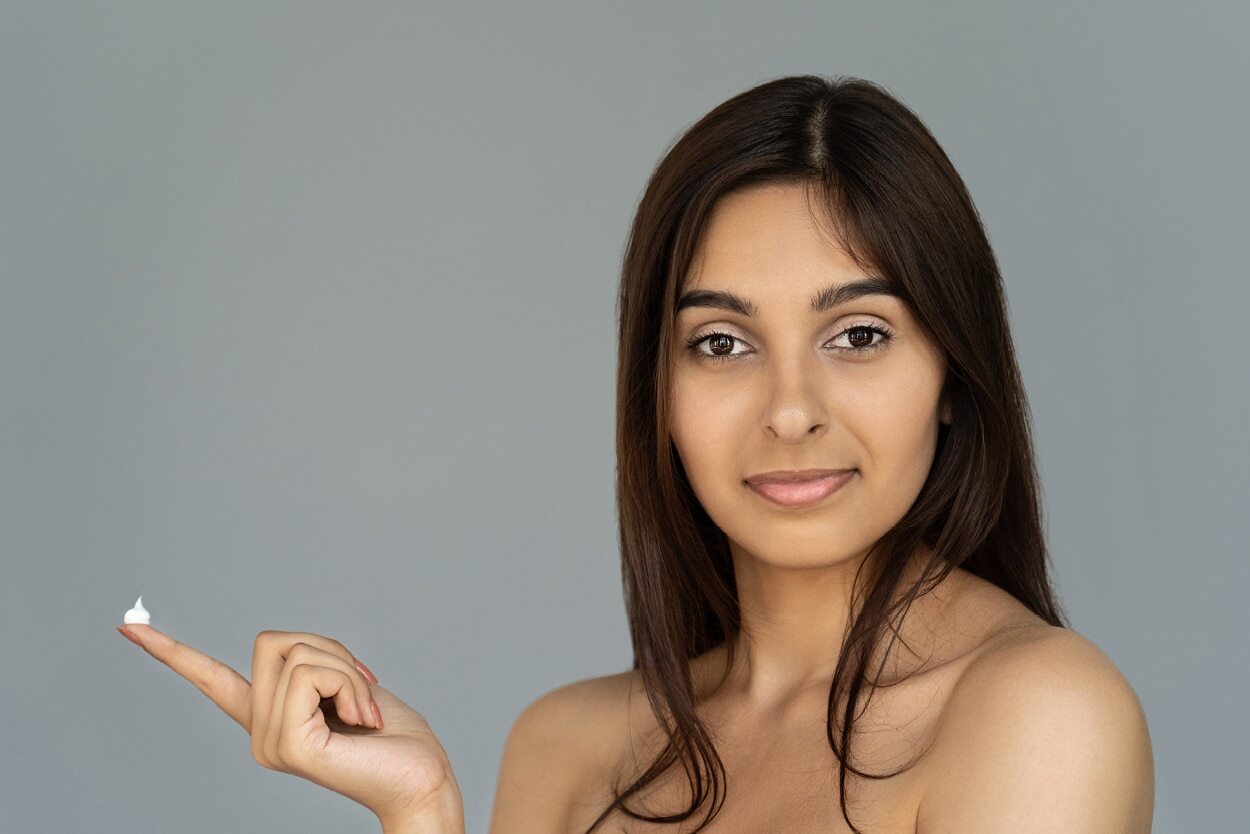
Harsh surfactants have often been known to cause hyperpigmentation in deeper skin tones, making lauryl glucoside a safer alternative for Indian skin. Often used in skincare products formulated for sensitive skin, the ingredient features on several governing bodies' list of safe ingredients for all skin types. Having said that, it depends on the concentration of lauryl glucoside in a product that should be taken into consideration to make sure it is safe. Facial cleansers with 10 to 20% concentration are often a budget-friendly and naturally-derived option, safe for use.
03What makes lauryl glucoside a good surfactant to include in a routine?

As compared to other common, yet harsh surfactants like sodium lauryl sulphate (SLS), ammonium lauryl sulphate (ALS) and olefin sulfonates, lauryl glucoside holds an advantage for most skin types. This is because -
- Lauryl glucoside infused cleansers do not dry out your face, even when they are able to generate a thick foam. So, if you feel that a good foam is required for a thorough cleanse, this ingredient is a safe option.
- This plant-based ingredient is considered to be emulsifying and stabilising in nature. This means that regular application of your skincare products and makeup on your face is made much easier and smoother.
- Some lauryl glucoside-infused products are also formulated to be vegan and can be safely used for skin that is prone to irritation and redness.
- The ingredient is also known for its use in nourishing facial wipes that won't leave your skin tingly and flaky after use.
- Conscious beauty lovers are also favourable towards lauryl glucoside use. So, if you want to clean up your beauty routine and make it more environmentally safer, a switch to this cleansing agent can be a good option.
04How to use lauryl glucoside for skin?
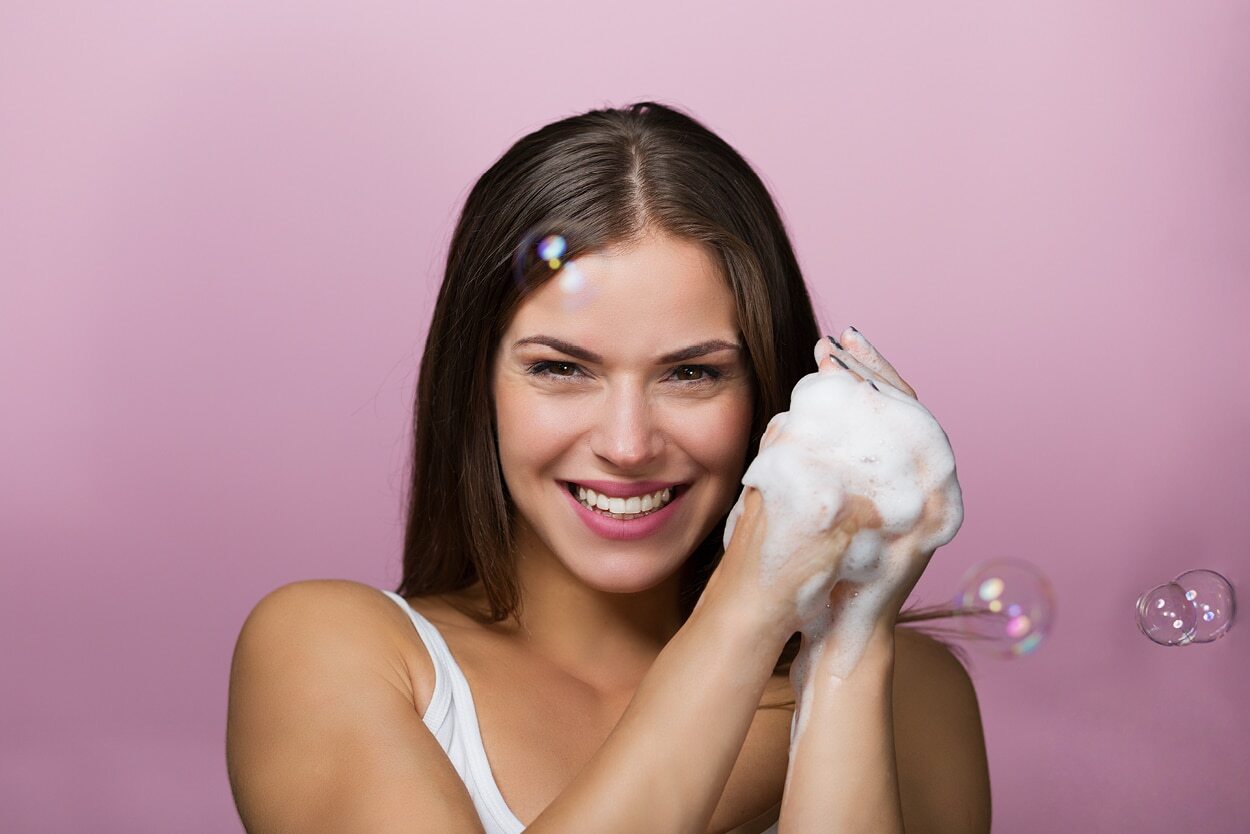
The best way to include lauryl glucoside in your skincare routine is in the form of foamy cleansers. The ingredient is known as a good secondary surfactant, which means you can use it as a second step in double-cleansing routines, after your oil cleanser. Oil cleansers should always be followed by water-activated foaming cleansers that can absorb the excess oil and thoroughly cleanse the face; thus making lauryl glucoside a good option for that. It works well with other ingredients, so the formula can be used as the first step in your chemical exfoliation routine as well. Look for primary surfactants like decyl glucoside and coco-glucoside in the ingredient list to further enhance the cleansing action of your face wash.
05Precautions and potential side effects of using lauryl glucoside for skin
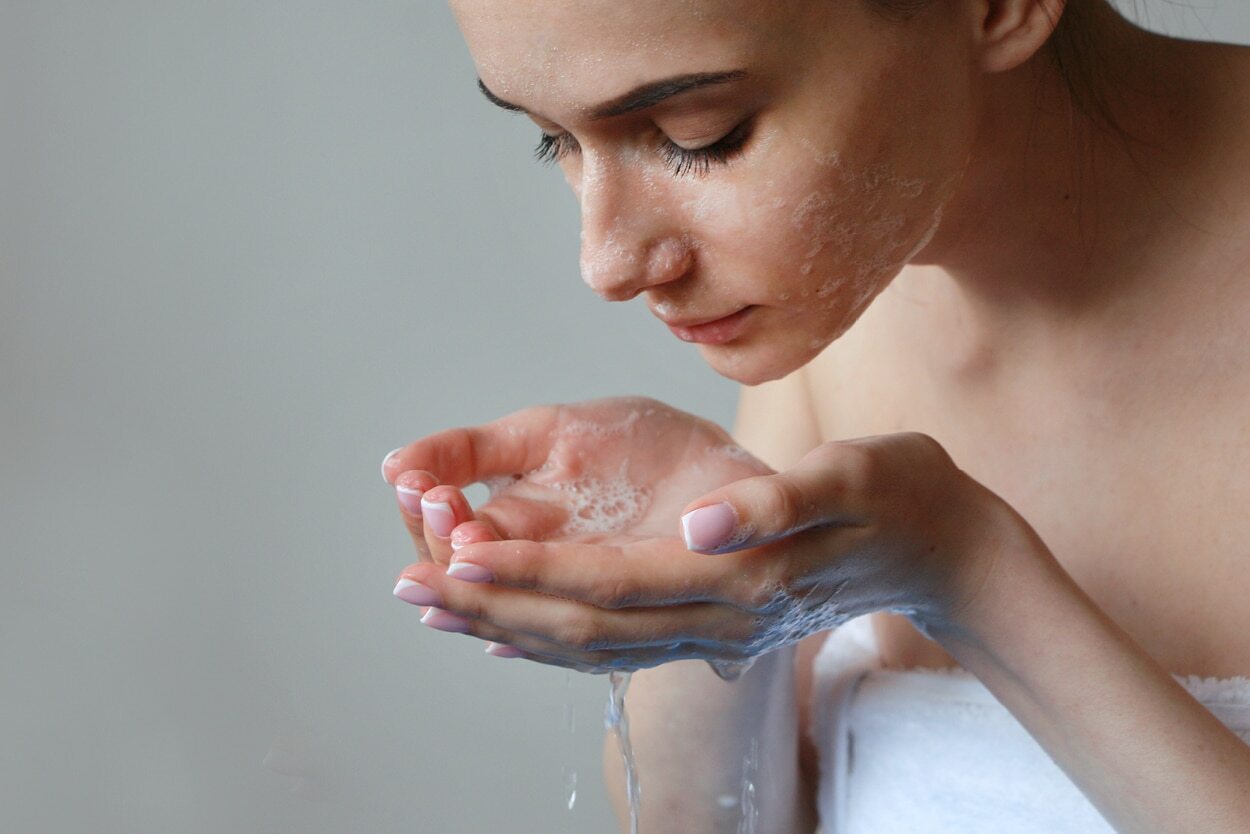
There are no direct side effects or dangers to using lauryl glucoside for skin. It does not pose the danger of getting absorbed into your body or cause any kind of pore-clogging or product buildup. However, some people can be especially allergic to the glucoside group of surfactants. In that case, a reaction can occur if the ingredient is exposed to the skin, leading to redness and inflammation. This is why it is recommended to perform a patch test on the inside of your arm 48 hours prior to applying the product on your face. If you do not notice any side effects, it can be safely used on your face. If you do notice any kind of patchiness, flakiness or irritation on the site of use, consult your dermatologist immediately to get it checked.
06Lauryl glucoside vs sodium lauryl sulfate
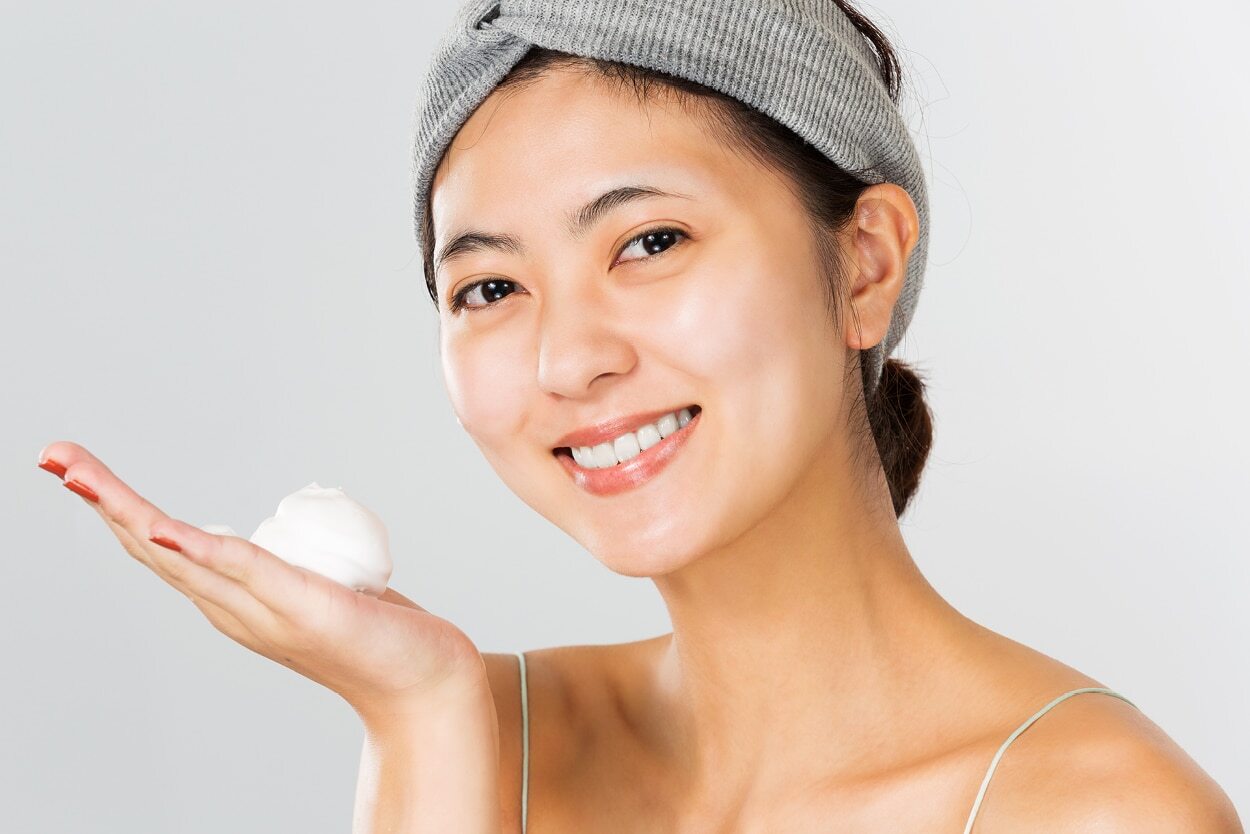
A common misconception many have is that lauryl glucoside is the same as sodium lauryl sulphate. This is because of their similar-sounding names and similar actions performed when used in face washes. The reality is that both of these surfactants have distinct similarities, with SLS being a salt-based ingredient derived from sulphuric acid, and lauryl glucoside being a sauger-based derivative. SLS is known to strip your skin of natural oils, resulting in a cleansing routine that can leave your skin feeling dehydrated, dry and often itchy. SLS is also chemical in nature, which is in stark difference to the naturally derived and gentle action of lauryl glucoside. Despite its obvious drying effects, SLS is a more widely used surfactant used in cleansers. This is why you need to label check your products to avoid using the same. SLS products also contain parabens and phthalates, which can be equally damaging to the long term health of your skin.
07FAQs about lauryl glucoside for skin
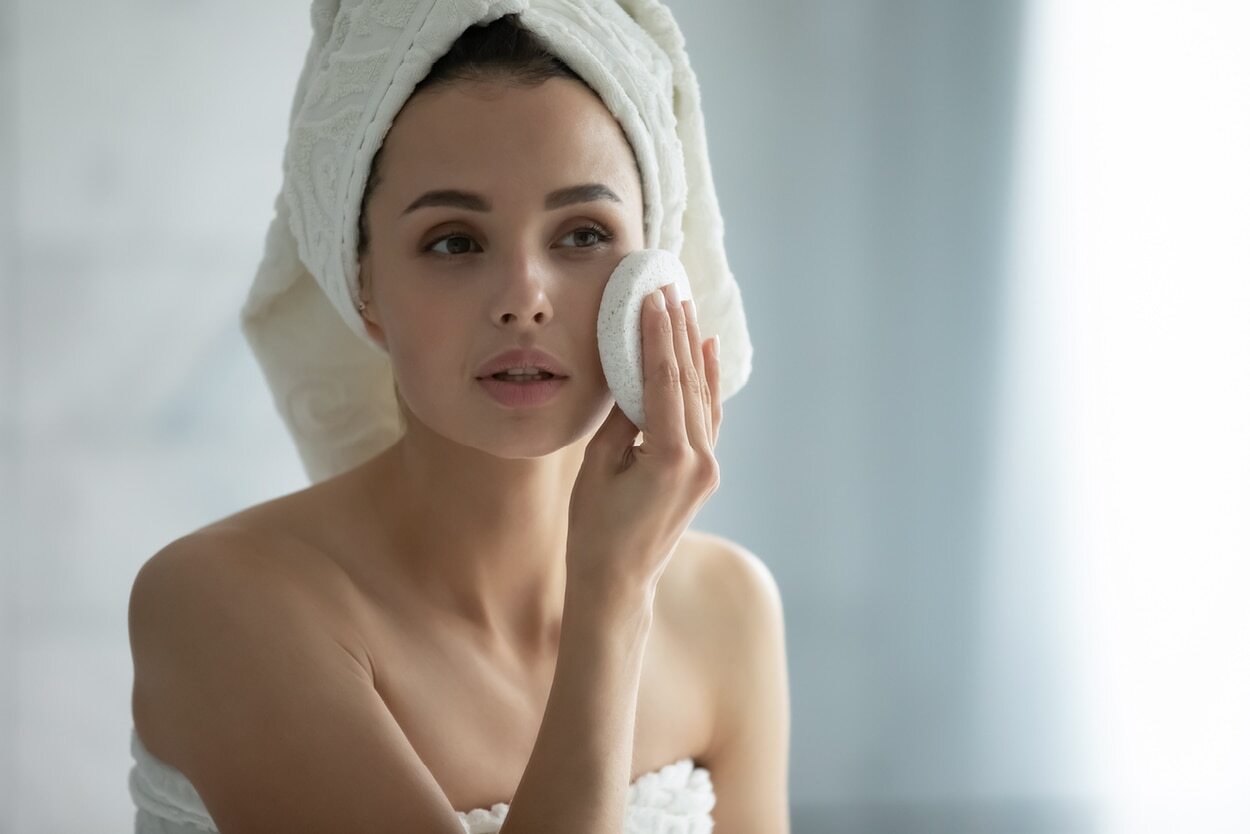
Q. Can lauryl glucoside clean excessively oily skin?
**A. **Yes, even though lauryl glucoside is gentler than other surfactants, it can still help clean excessively oily skin thoroughly. This is because unlike other plant-based surfactants, it manages to lather pretty well, while softening oil buildup on your skin and washing it away with its foaming action.
Q. Is lauryl glucoside safe for acne-prone skin?
**A. **Unlike SLS, which can be very abrasive and damaging to acne-prone skin, lauryl glucoside has been found to be pretty safe to use. This is because it does not dry out your face, making acne-management much easier. Having said that, surfactants in general, plant-based or otherwise, have been known to irritate acne to some extent. This is why it is important to stick to your dermatologist-recommended cleansers, which are often free of surfactants.
Q. Is lauryl glucoside strong enough to remove makeup?
**A. **It is important to cleanse your face thoroughly of makeup and lauryl glucoside can be a good pick for that. Start with an oil cleanser to break down the oil, makeup and sunscreen on your face and follow up with a foaming cleanser consisting of lauryl glucoside. This double cleansing routine can be a good way to clean your face of every last bit of makeup without being too harsh on it.

